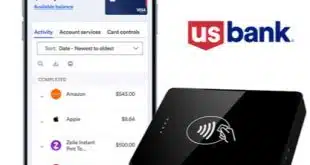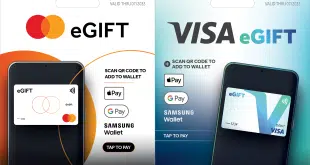The interest in buy now, pay later (BNPL) skyrocketed in 2021 and 2022: Millions of people have turned to this installment-payment solution for its convenience, flexibility, and simplicity. So it’s no surprise that Apple announced its new BNPL product, Apple Pay Later, in June.
With its new financial service, the global behemoth will allow U.S.-based consumers to make purchases without needing to pay the total amount upfront, and they’ll be able to split payments into four equal installments. Users can pay back over six weeks with no fees and zero interest.
The tech giant was supposed to release Apple Pay Later this year as a new feature in iOS 16 or an update to it. But technical engineering challenges threw a spanner in the works—the payment solution is expected to launch in 2023.

Despite the delay, Apple is bound to create a chain reaction in the BNPL space. Here’s why.
After the announcement of Apple Pay Later, shares of Affirm, a BNPL fintech provider, sank by 17%. This, understandably, raises the question: Is Apple Pay Later a threat to BNPL firms? Well, it is unlikely to be a danger to the major players since only Apple Pay users can use the payment solution, a contingent limited to 10% of all US adults. However, the arrival of Apple Pay Later is a strong reminder that BNPL isn’t a flash in the pan. Demand for it will continue to increase, especially during a recession.
It also conveys a clear message: BNPL is a commodity that various players in the ecosystem, from lenders and banks to merchants and even mobile payment providers, must offer to stay competitive and relevant in the market. It’s time to adapt or get left behind.
Even before the announcement of Apple Pay Later, banks such as Citizens Bank, with its Citizens Pay, recognized the potential in the BNPL space. Now that Apple has established BNPL as a must, more financial institutions will act to safeguard their consumer relationships and revenues, accumulate valuable consumer data, and claim their share of the growing BNPL market.
One way to quickly scale a BNPL solution is to use financing-distribution tools such as virtual cards and e-commerce platform plugins. Since virtual cards don’t require integration with the merchant’s point of sale, and e-commerce plugins are already integrated with the platform’s system, banks can onboard merchants quickly and reach more customers.
Merchants that accept Apple Pay—which is 90% of retailers in the United States—won’t have to implement any changes to accept Apple Pay Later. This surely will help merchants secure more sales and increase average order value. However, they won’t be able to gain valuable consumer data that can be leveraged to understand behavior patterns or increase customer stickiness, as the payment solution belongs to Apple.
By joining forces with a bank for BNPL, merchants are able to leverage white-label solutions whereby retailers remain omnipresent throughout the customer journey. This gives them access to critical consumer insights, while enabling them to build strong brand equity and increase customer loyalty.
Since banks are synonymous with responsible lending practices, partnering with them helps merchants gain consumer trust, one of the most important factors for customers when choosing a BNPL service provider.
Wrapping up, Apple’s latest fintech move only solidifies the fact that convenient BNPL solutions have taken root in the market. Therefore, we’ll see more financial institutions entering the space, resulting in more competitive options for merchants.
—Yaacov Martin is chief executive and cofounder of Jifiti.





